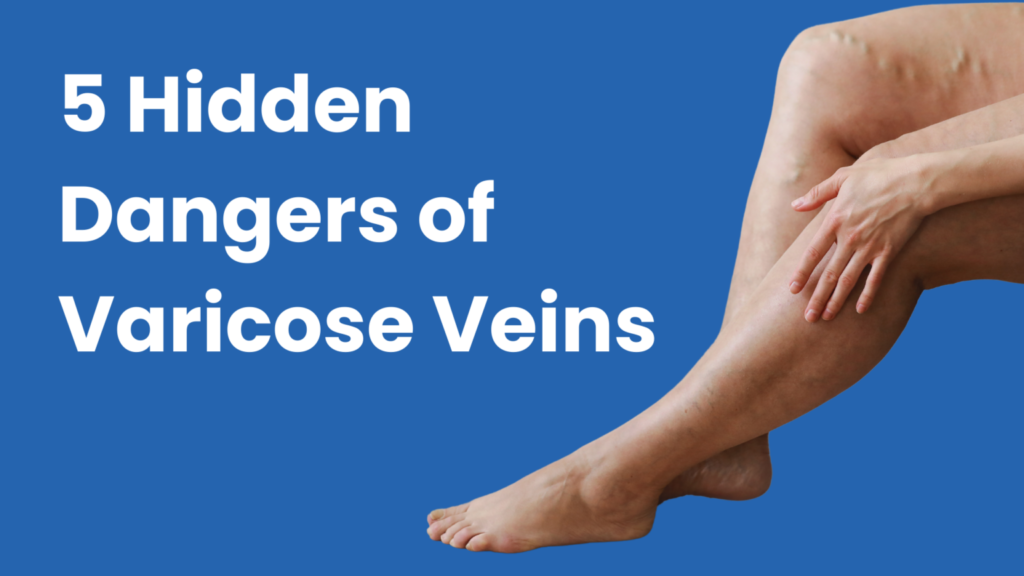The blood vessels in your legs have to fight both distance and gravity to circulate blood back to your heart, which means your lower limbs are often the first to show signs of poor circulation. There are many factors that can contribute to poor circulation, and understanding these is the first step toward helping your blood flow more freely.
To help, board-certified cardiologist Dr. Ariel Soffer and our team at Soffer Health Institute pulled together four of the more common causes of poor circulation in your legs, which we explore here.
Table of Contents
TogglePoor circulation explained
Before we study the possible causes of poor circulation in your legs, it’s important to note that the condition is typically a byproduct of another problem. In other words, poor circulation isn’t a standalone condition, but rather the result of a pre-existing medical issue or risk factor.
To give you an idea of the some of the symptoms you may experience as a result of poor circulation in your legs, be on the lookout for:
- Tingling and numbness
- Cramping
- Dull ache
- Varicose or spider veins
- Fatigue
Now that we better understand poor circulation, let’s take a look at some of the underlying issues that lead to the problem.
1. Cardiovascular conditions
The most common cause of poor circulation in your legs is peripheral artery disease (PAD). With this condition, fatty deposits in your blood accumulate inside your arteries causing them to narrow, which makes your heart work harder to push the blood through.
Over time, this accumulation of fats in your blood vessels can lead to plaque buildup (atherosclerosis), which further hampers your circulation because your blood vessels harden.
Outside of the issues we describe above (PAD and atherosclerosis), there are other cardiovascular problems that can lead to poor circulation in your legs, such as:
- Blood clots, including deep vein thrombosis
- Venous insufficiency
- Raynaud’s disease
- Congestive heart failure
In fact, it’s safe to say that most cardiovascular diseases can have a direct or indirect effect on your circulation.
2. Obesity
The human body is designed to carry a certain amount of weight, so when you add to this, it can tax many of your systems, including your vascular health.
Carrying extra weight requires your cardiovascular system to work harder in order to circulate blood, which can not only lead to less-than-ideal circulation, but also to conditions like hypertension.
3. Diabetes
When you have diabetes, your body doesn’t produce enough insulin and/or it becomes insulin-resistant. Insulin is a critical hormone that regulates the levels of glucose (sugar) in your blood.
These higher-than-normal levels of glucose can compromise your blood vessels and lead to peripheral neuropathy, which is nerve damage, in your lower limbs.
4. Lifestyle factors
There are several lifestyle factors that can affect the circulation in your legs, chief among them:
- Smoking
- Lack of exercise
- Stress
- Excessive alcohol intake
Each of these lifestyle habits can play no small role in how well your blood flows.
If you suspect you may have poor circulation in your legs and you want to take the necessary steps for better vascular health, contact one of our offices in Aventura, or Weston, Florida, to schedule your vein evaluation.



